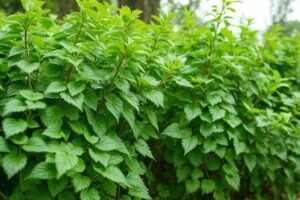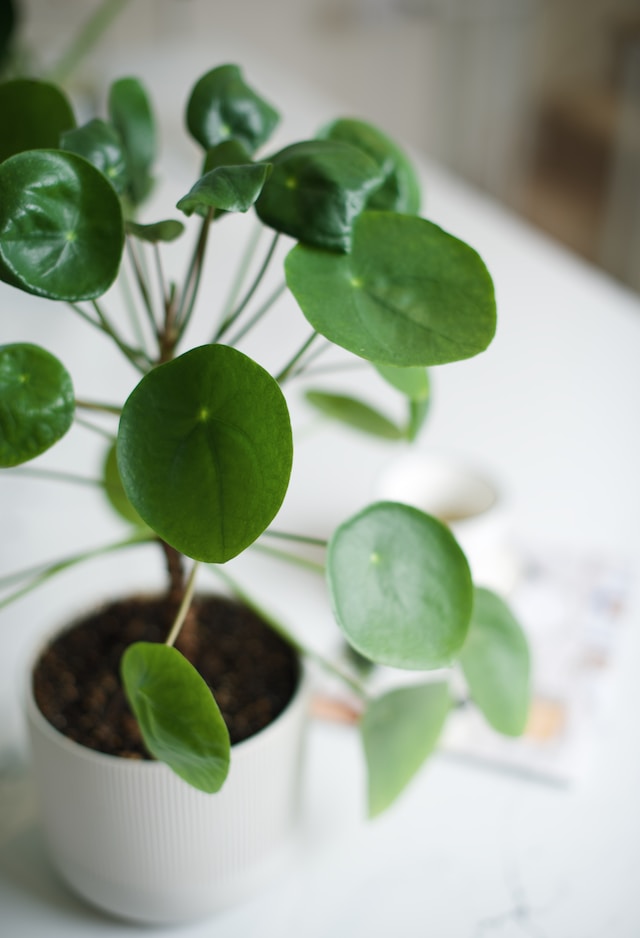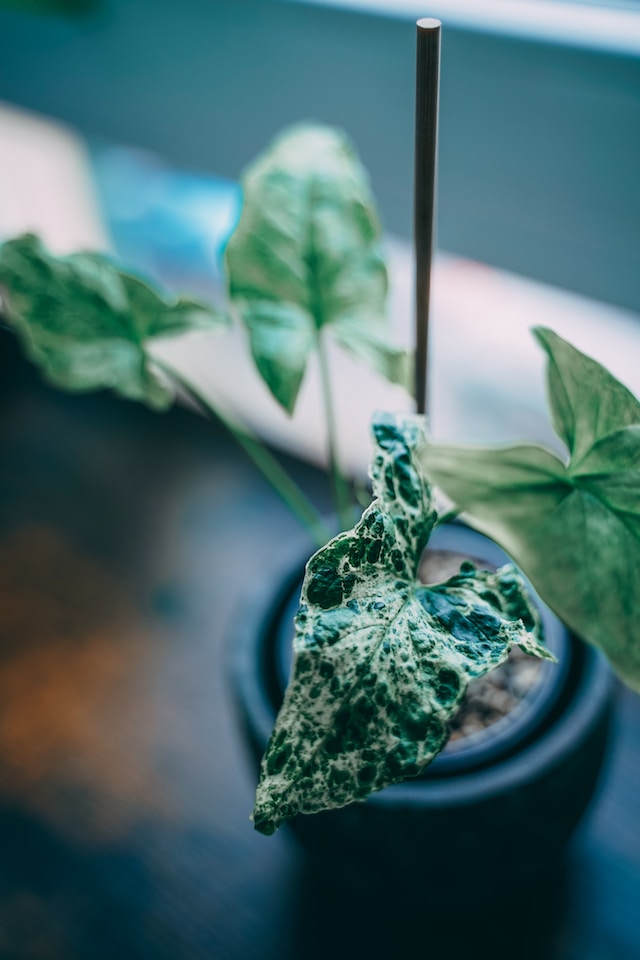Introduction
Akebia Quinata, also known as the Snail Vine, is a plant that produces beautiful flowers and has been used for thousands of years in Chinese medicine. The vine is also called “Chinese Bamboo” because of its strong resemblance to bamboo shoots. Akebia Quinata has many uses and has been used to treat many ailments since ancient times. It’s easy to grow at home or in your garden so you can enjoy its beauty all year long!
Introduction
Akebia Quinata is a medicinal plant that has been used in Chinese medicine for centuries. It is also known by many names, including Chinese Akebia, Wisteria Vine and Five-Leaf Akebia.
The common name of this plant comes from its flowers which resemble those of the Akebia or Wisteria plants that grow in Asia and Europe. The scientific name “Akebia Quinata” refers to its five leaflets which resemble those of other species within the genus Akebia (more on that later).
What is Akebia Quinata?
The Akebia Quinata is a flowering plant that grows up to 20 feet high. It is also known as the five-leaf akebia, five-leaf chocolate vine, chocolate vine and chocolate flower vine. The leaves are large and glossy with pointed tips that resemble fingers. The flowers bloom in late summer or early fall with clusters of white blossoms which turn into purple fruit when ripe.
History of Akebia Quinata in China
Akebia Quinata is native to China, where it has been used in traditional medicine for over 2,000 years. First mentioned in the Shennong Bencao Jing (an ancient Chinese herbal medicine), Akebia Quinata has since been used by many practitioners of Traditional Chinese Medicine (TCM) as a treatment for various ailments including diabetes and cardiovascular disease.
Scientific Names of Akebia Quinata
Akebia quinata is known by a number of different names, including Akebia trifoliata, Chun chun shu, Dichroa febrifuga and Hua jiao jiao. It’s also referred to as Huai he huang or “Chinese raisin tree” when it’s cultivated in China.
The scientific name for this plant comes from its genus name Akebia which means “to bind fast” and refers to its use as a vine in Japan where it was used for tying together rocks along riversides or other structures that needed support. The species name quinata refers to five leaflets growing on each stem (five leaflets = quinate).
Common Names of Akebia Quinata
Akebia Quinata is also known as Chinese Akebia, Japanese Akebia, and Five-leaf Akebia. It has many other names in different languages such as fukuro-buki (Japanese), hei bai wu (Chinese) and yi mu lian (Mandarin).
Where Does Akebia Quinata Come From?
Akebia Quinata is a vine that comes from China and is also known as the five leaf Akebia or Chinese Akebia. It grows in warm, temperate climates and is native to China, Japan and Korea.
How is Akebia Quinata Used?
Akebia Quinata can be used in a variety of ways, including:
- As a tea. The leaves from the Akebia Quinata plant are steeped to make an herbal tea that has been used for centuries by traditional Chinese medicine practitioners. Native Americans also use this herb as a medicinal beverage.
- As a tincture or extract. When the dried berries are soaked in alcohol and allowed to sit for several weeks (or even months), they produce a liquid called “tincture.” Tinctures are often used as natural remedies because they offer many health benefits without causing side effects like those that may occur with over-the-counter medications or prescription drugs containing caffeine, acetaminophen and other potentially harmful chemicals that could cause harm if taken regularly over time
Health Benefits and Uses of Akebia Quinata
Akebia Quinata has been used in traditional Chinese medicine for centuries to treat a wide variety of ailments, including liver disease and cirrhosis. In traditional Japanese medicine it is used to treat gastric ulcers, stomach cancer and liver cirrhosis. It has also been found effective against hepatitis B, hepatitis C and viral hepatitis by inhibiting viral replication through its antiviral properties.
In a study conducted on rats infected with Hepatitis B virus (HBV) showed significant reduction in HBV DNA levels at higher doses of Akebia extract when compared with controls or those treated with Ribavirin alone
The benefits of Akebia Quinata are numerous and can be used to treat many ailments.
Akebia Quinata is a powerful antioxidant that can help slow the aging process. It has been used for thousands of years in traditional Chinese medicine as an herbal remedy and has many benefits, including the ability to treat many ailments.
The benefits of Akebia Quinata are numerous and can be used to treat many ailments. In fact, Akebia Quinata has been used as a treatment for arthritis, asthma, cancer and more!
Conclusion
Akebia Quinata is a powerful medicinal plant that has been used for centuries in China. It has many health benefits, including treating heart disease and diabetes. With its potential to treat cancer, Akebia Quinata could be the next big breakthrough in natural medicine!












